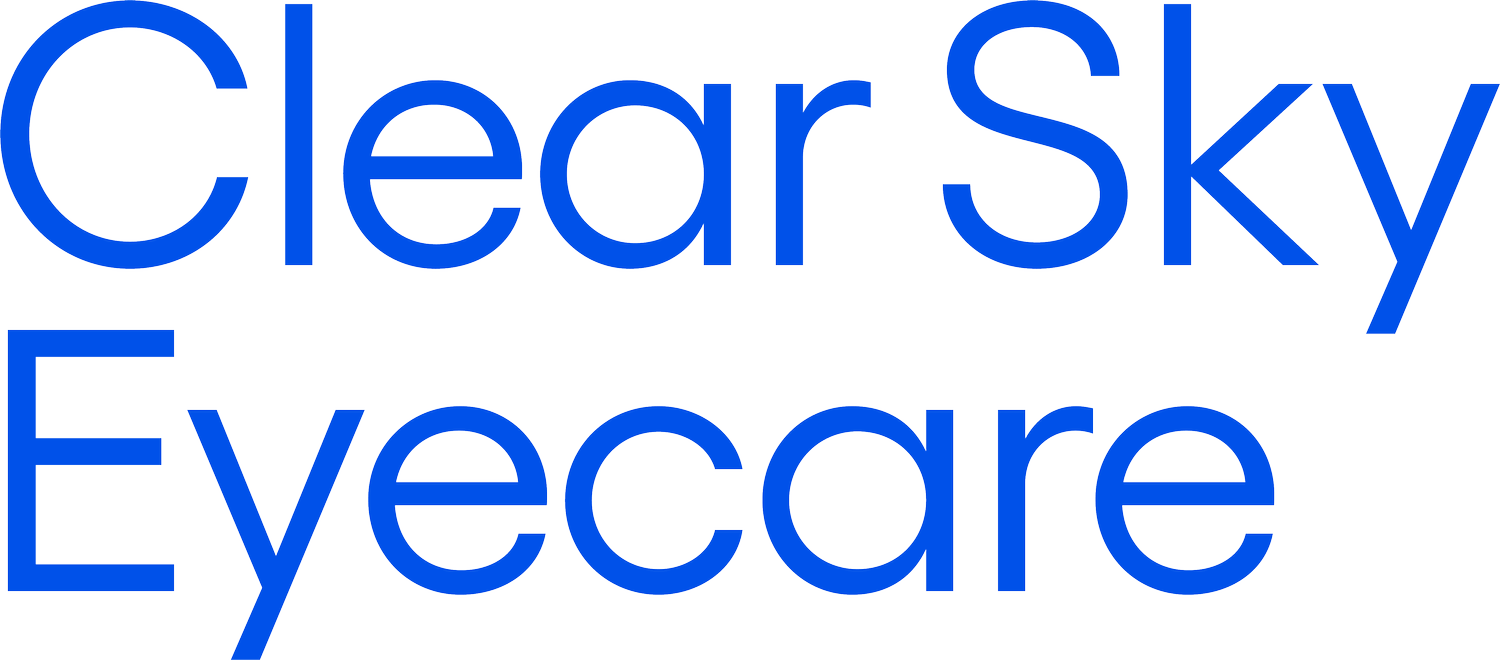Eye Exams for Children: The Key to Healthy Vision and Academic Success
When it comes to your child's eye health, a comprehensive eye exam performed by a pediatric optometrist or ophthalmologist is crucial. While a brief examination and vision screening by a pediatrician or family doctor may provide some insights, they are not a substitute for a thorough evaluation by an eye specialist. At Clear Sky Eyecare in Grand Rapids, Michigan, our team of experts has the advanced training and clinical tools to ensure your child's eyes are healthy and their vision is optimal.
Importance of Children's Eye Exams
Children's eye exams play a vital role in identifying any potential vision problems that could impact their school performance and overall safety. Early detection is key to addressing these issues and providing the necessary interventions to improve your child's visual skills. Here are some of the reasons why children's eye exams are so important:
Academic Performance: Excellent visual acuity at all distances, accurate eye teaming skills, and precise eye movement skills are essential for optimal learning. A comprehensive eye exam can identify any vision problems that may hinder your child's ability to excel academically.
Safety: Clear and accurate vision is crucial for your child's safety, especially when participating in activities such as sports or crossing the road. A thorough eye exam can ensure that their eyes are healthy and fully capable of handling these tasks.
When to Schedule Your Child's Eye Exam
The timing of your child's eye exam is crucial. Here are the recommended milestones for scheduling their exams:
First Comprehensive Eye Exam: At six months of age, your child should have their first comprehensive eye exam. This early evaluation allows for the detection of any potential issues and provides a baseline for future exams.
Subsequent Exams: Your child should have their eyes examined at age three and just before entering the first grade (around age five or six). For school-aged children, an eye exam every two years is recommended if no vision correction is needed. However, children who require eyeglasses or contact lenses should be examined annually or as advised by the eye doctor.
Scheduling Your Child's Eye Exam
When scheduling your child's eye exam, choose a time when they are usually alert and happy. The specific procedures during the exam will vary depending on their age. Typically, the exam will include a case history, vision testing, eye alignment assessment, comprehensive eye health evaluation, and prescription of eyewear if necessary.
Before your visit, you may receive a case history form by mail or find it on the eye care practice's website. The form will ask about your child's birth history, medical history, and any family history of eye conditions. Make sure to provide accurate and detailed information to help the eye doctor assess your child's needs effectively.
Eye Testing for Infants
Assessing the visual development of infants requires specialized tests. Here are some common tests used for infants:
Pupil Responses: This test evaluates whether the pupil opens and closes properly in the presence or absence of light.
Fixate and Follow: It determines whether your baby's eyes can fixate on and follow objects, such as lights. These abilities should develop soon after birth.
Preferential Looking: Instead of using traditional eye charts, this test uses cards with stripes or special patterns to attract the infant's gaze. It helps assess their vision capabilities without relying on letter recognition.
Eye Testing for Preschool Children
Preschool-age children can undergo certain eye tests even if they don't know their letters yet. Some common tests for this age group include:
LEA Symbols: These tests resemble regular eye charts but use special symbols like an apple, house, square, and circle to engage young children.
Retinoscopy: A light is shone into the eyes to observe the reflection from the retina. This test helps detect any clouding of the lens or significant refractive errors.
Random Dot Stereopsis Testing: This test uses patterns of dots and 3-D glasses to measure how well your child's eyes work together as a team.
Additional Eye Conditions to Consider
During the exam, the eye doctor will also check for other eye conditions that may affect your child's vision and overall eye health. These include:
Lazy Eye (Amblyopia): Amblyopia refers to decreased vision in one or both eyes without any detectable damage. It may require eye patching to strengthen the weaker eye.
Misalignment of Eyes (Strabismus): Crossed or misaligned eyes can be caused by muscle control issues. Early treatment is essential to ensure normal vision and eye teaming skills develop.
Convergence Insufficiency: This condition involves the inability to maintain eye alignment when viewing nearby objects. It can cause eye discomfort and double vision during reading.
Focusing Problems, Depth Perception, and Color Blindness: Your child's focusing ability, depth perception, color vision, and other visual skills may also be assessed during the exam.
Vision Screening and Academic Performance
Early and appropriate vision testing is crucial for your child's academic success. Poor vision can lead to frustration and hinder their ability to perform well in school. Detecting and correcting vision problems, such as lazy eye, as early as possible is essential for optimal development of the visual system.
Conclusion
Children's eye exams are essential for maintaining healthy vision and ensuring your child's academic success. Regular exams, starting from six months of age, allow for early detection and intervention for any vision problems.
At Clear Sky Eyecare, our team of experts is dedicated to providing comprehensive eye care for children. Schedule an appointment today online or by calling us at (616)-465-5503. We also accept walk-ins, but we recommend scheduling an appointment to ensure that you are seen promptly.
We are located at 644 Fulton Street West, Suite C Grand Rapids, MI 49504
